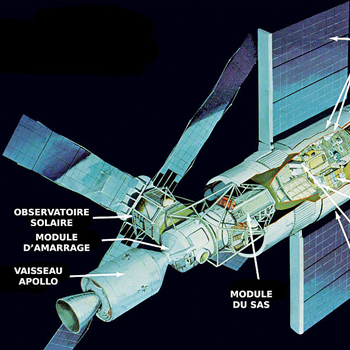What is the life cycle of a supermassive star?
1 Answer
Nebula - protostar - main sequence - supernova - neutron star - black hole
Explanation:
The most massive of stars (10+ solar masses) start out like smaller stars. They form from gas and dust in a nebula until it condenses into a protostar, when it starts to heat up and glow. It then becomes a main sequence star which will later become a red giant.
This is when the initial size of the star begins to really matter. After the red giant phase, massive stars will experience a supernova explosion. If the remnant of the supernova is between 1.4 and 3 solar masses, it will become a neutron star. If the remnant is more than 3 solar masses, its own gravity will overcome the fusion from its core and cause it to become a black hole.
Smaller stars will become planetary nebulae and then white dwarfs.

